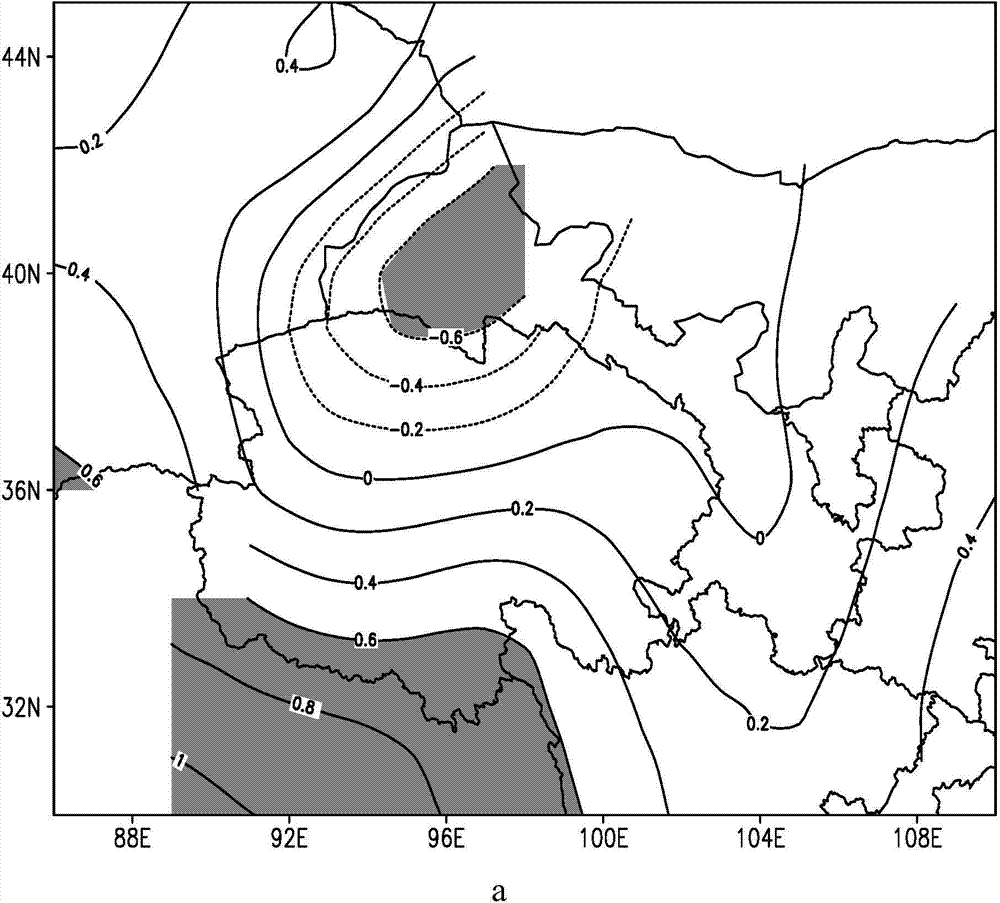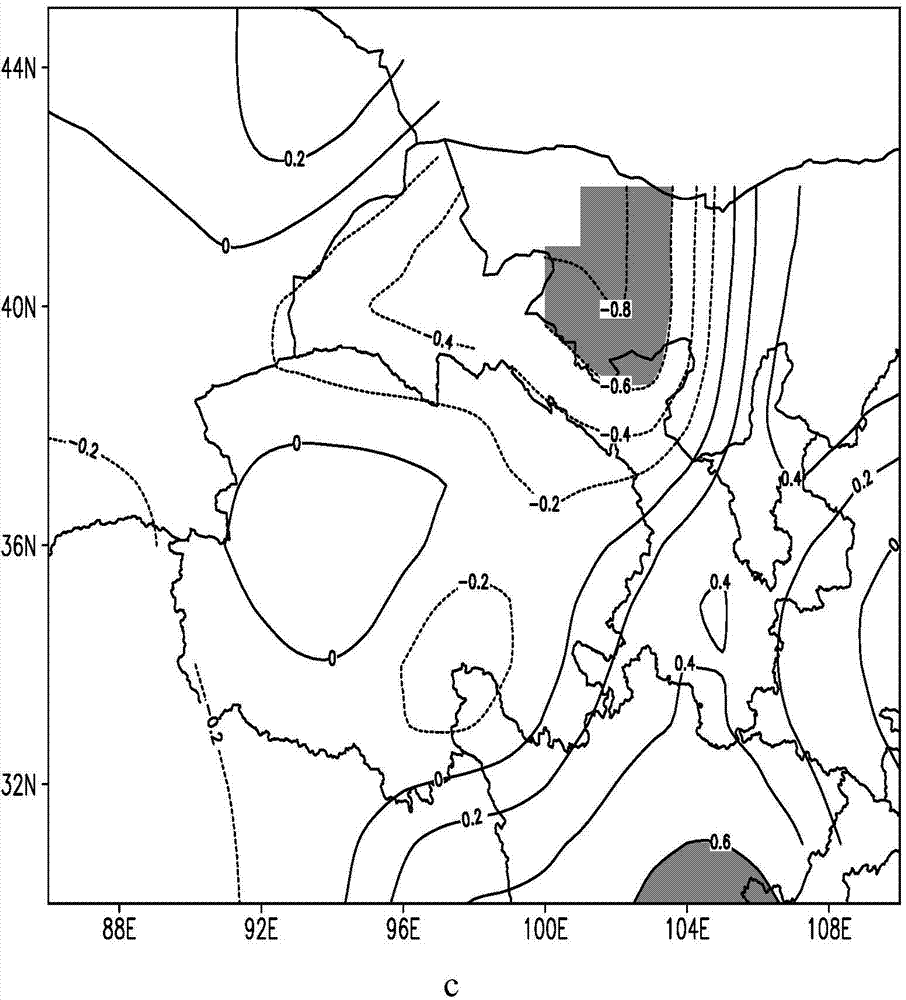Rotated empirical orthogonal decomposition-based irradiance area division method
An area division method and a technique of empirical orthogonal decomposition, applied in the field of solar year total radiation analysis, which can solve the problems of poor environmental protection, poor stability, and low energy conversion efficiency.
- Summary
- Abstract
- Description
- Claims
- Application Information
AI Technical Summary
Problems solved by technology
Method used
Image
Examples
Embodiment Construction
[0048] The preferred embodiments of the present invention will be described below in conjunction with the accompanying drawings. It should be understood that the preferred embodiments described here are only used to illustrate and explain the present invention, and are not intended to limit the present invention.
[0049] Empirical Orthogonal Function (EOF for short) decomposition is a linear combination that decomposes the original variable field into orthogonal functions, forming a small number of uncorrelated typical modes, replacing the original variable field, each Typical modes all contain as much original field information as possible. In order to further highlight the local features, the Rotated Empirical Orthogonal Function (REOF for short) is used for objective partitioning.
[0050] According to an embodiment of the present invention, such as figure 1 with figure 2 As shown, a method of irradiance area division based on rotational empirical orthogonal decompositi...
PUM
 Login to View More
Login to View More Abstract
Description
Claims
Application Information
 Login to View More
Login to View More - R&D
- Intellectual Property
- Life Sciences
- Materials
- Tech Scout
- Unparalleled Data Quality
- Higher Quality Content
- 60% Fewer Hallucinations
Browse by: Latest US Patents, China's latest patents, Technical Efficacy Thesaurus, Application Domain, Technology Topic, Popular Technical Reports.
© 2025 PatSnap. All rights reserved.Legal|Privacy policy|Modern Slavery Act Transparency Statement|Sitemap|About US| Contact US: help@patsnap.com



